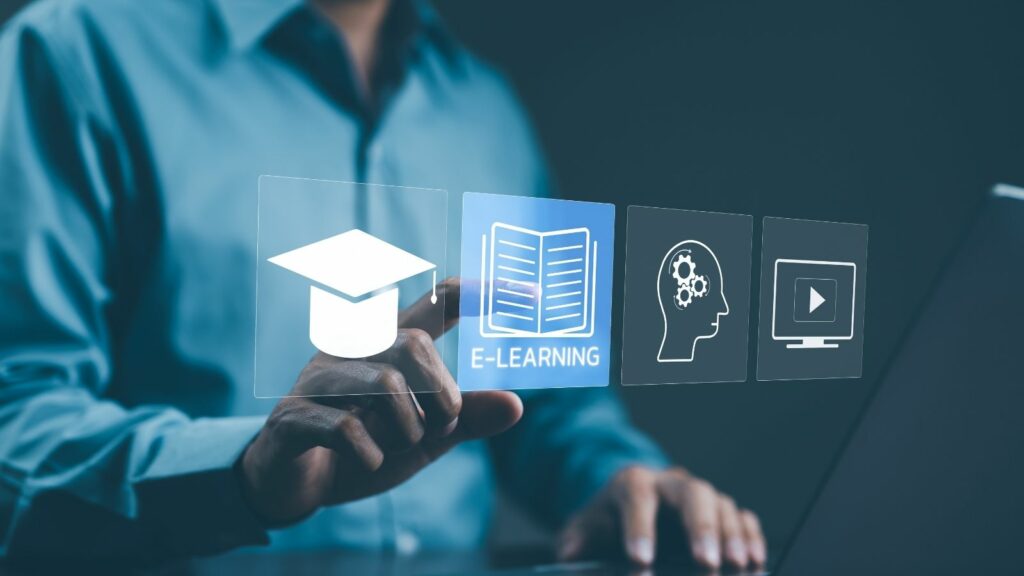Education is undergoing major transformations as technological advancements and new teaching methodologies come into play. The rise in technology and the focus on mental health are two topics covered as we look at 21 surprising trends that are reshaping the future of education:
Artificial Intelligence
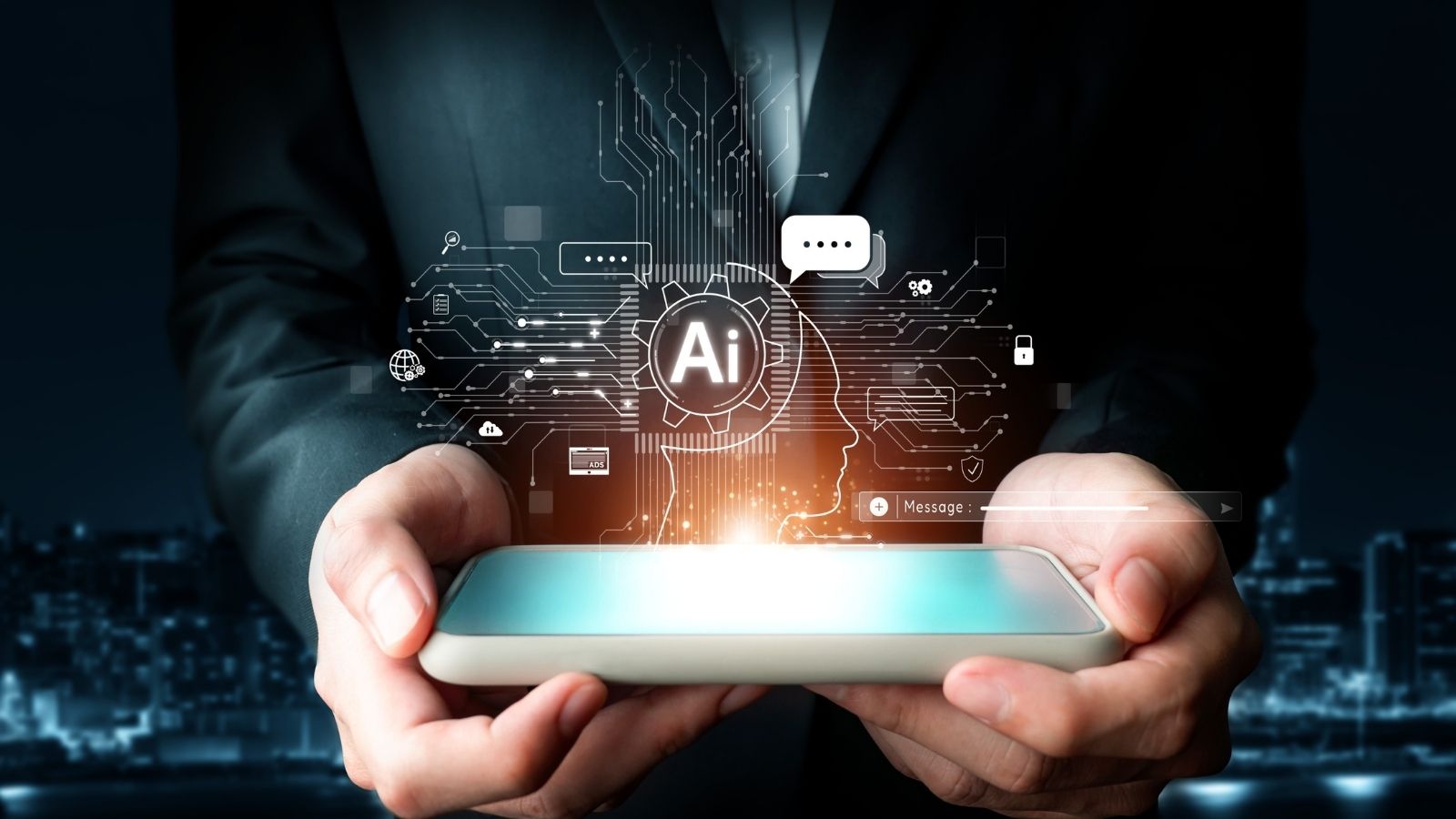
Platforms with AI capabilities are able to evaluate student performance and recommend tailored learning paths to suit each learner’s needs. This move towards AI in education offers a more engaging education which enhances motivation for learning and therefore better outcomes.
Virtual Reality

Virtual Reality (VR) is adding fun and creativity to education by providing immersive and interactive learning experiences. Research shows that interactive experiences improve knowledge retention compared to traditional learning methods, which is why educators are embracing VR.
Gamification

Gamification is the process of introducing the likes of leaderboards, points, and awards, into the classroom to increase student involvement. When students are motivated to learn, they’re more likely to retain information and develop critical-thinking to meet their goals.
Microlearning

Microlearning breaks down complex subjects into short, focused lessons that are easier to digest. Microlearning is particularly good for students with a shorter attention span or with ADHD as it delivers bite-sized content that isn’t too overwhelming.
Rise of Hybrid Learning Models

The COVID-19 pandemic accelerated the move to hybrid learning, which combines online and in-person education. The hybrid model has been highly effective, providing flexibility while still offering in-person interaction so students can access materials remotely, while educators have access to a variety of digital tools.
Secure Credentials

Blockchain technology helps employers check the authenticity of academic credentials, storing digital diplomas and certificates in a secure place online. Having easy access to qualifications makes the hiring process for employers much easier and prevents people from lying about their credentials.
A Focus on Lifelong Learning

With industries evolving rapidly, continuous education is becoming essential. A commitment to engage in lifelong helps professionals upskill and remain competitive, all of which is available through online courses, certifications, and tailored learning platforms.
Adaptive Learning Systems

Adaptive learning uses data and AI to adjust the difficulty and content of lessons based on student progress. Personalized feedback and support empower struggling learners to receive extra help while allowing advanced students to progress at their own pace.
Social-Emotional Learning

Educators are increasingly placing emphasis on social-emotional learning ( SEL) to help students develop emotional intelligence and resilience. SEL creates a positive learning environment and equips students with essential life skills for real-world success, which complements their academic achievement.
Growth of EdTech Startups

Students and parents are benefiting from an influx of new learning solutions in the booming education technology sector. Startups are developing everything from AI tutors and collaborative platforms to interactive e-learning tools, providing more support for learning than ever before.
Focus on Soft Skills Development

Employers increasingly value soft skills that enhance communication and teamwork, which are being supported by educators. Educational facilities are incorporating soft skills into curricula to prepare students for the workforce, whether it be delivering presentations or collaborating with colleagues online.
Competency-Based Education (CBE)

Unlike traditional time-based learning, competency-based education allows students to learn at their own pace. Competency-based learning tools also add depth to learning, allowing students to fully understand something before moving on to the next topic.
Global Classrooms

Digital communication tools enable students to work with peers worldwide, in virtual exchange programs or online collaborations. If students can connect to others across the globe they will grow cultural awareness and be prepared for international career opportunities.
Emphasis on Sustainability

As climate change becomes a pressing global issue, schools are incorporating sustainability topics into their curricula. Conservation and environmental responsibility is learned about through hands-on projects and eco-friendly school initiatives that encourage sustainable business practices.
The Rise of AI Tutors
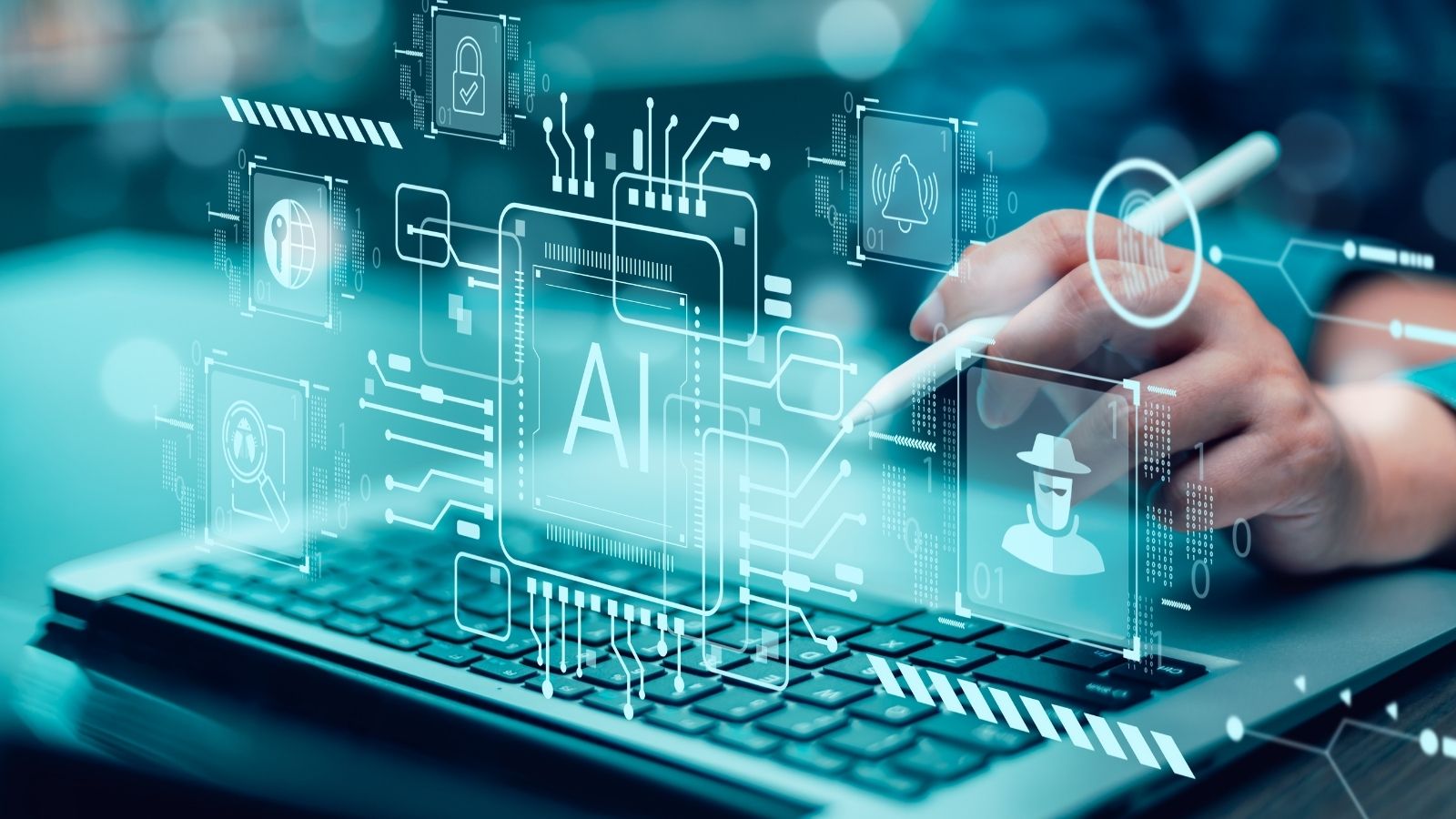
With AI-powered tutors and chatbots, academic help is always available. These intelligent systems provide real-time assistance, instant feedback, and personalized guidance to help students to meet deadlines and focus on their areas for development.
Peer-to-Peer Learning Communities

Peer-to-peer learning brings student communities together to share knowledge and support one another. Online forums, study groups, and collaborative platforms all play a part in creating a space where students can work together to meet their goals.
Project-Based Learning

Project-based learning showcases the importance of hands-on applications of knowledge, rather than a purely classroom experience. Learning in real-world situations means students can work on projects that test their problem solving skills, encouraging creativity and critical thinking rather than just reading from a textbook.
Increased Parental Involvement

Digital communication tools, such as school apps and learning management systems, mean parents can stay informed about their child’s academic progress. Increased parental involvement creates a more supportive learning environment and encourages student success, which is an improvement on the odd parents evening meeting.
Coding as a Core Curriculum Subject
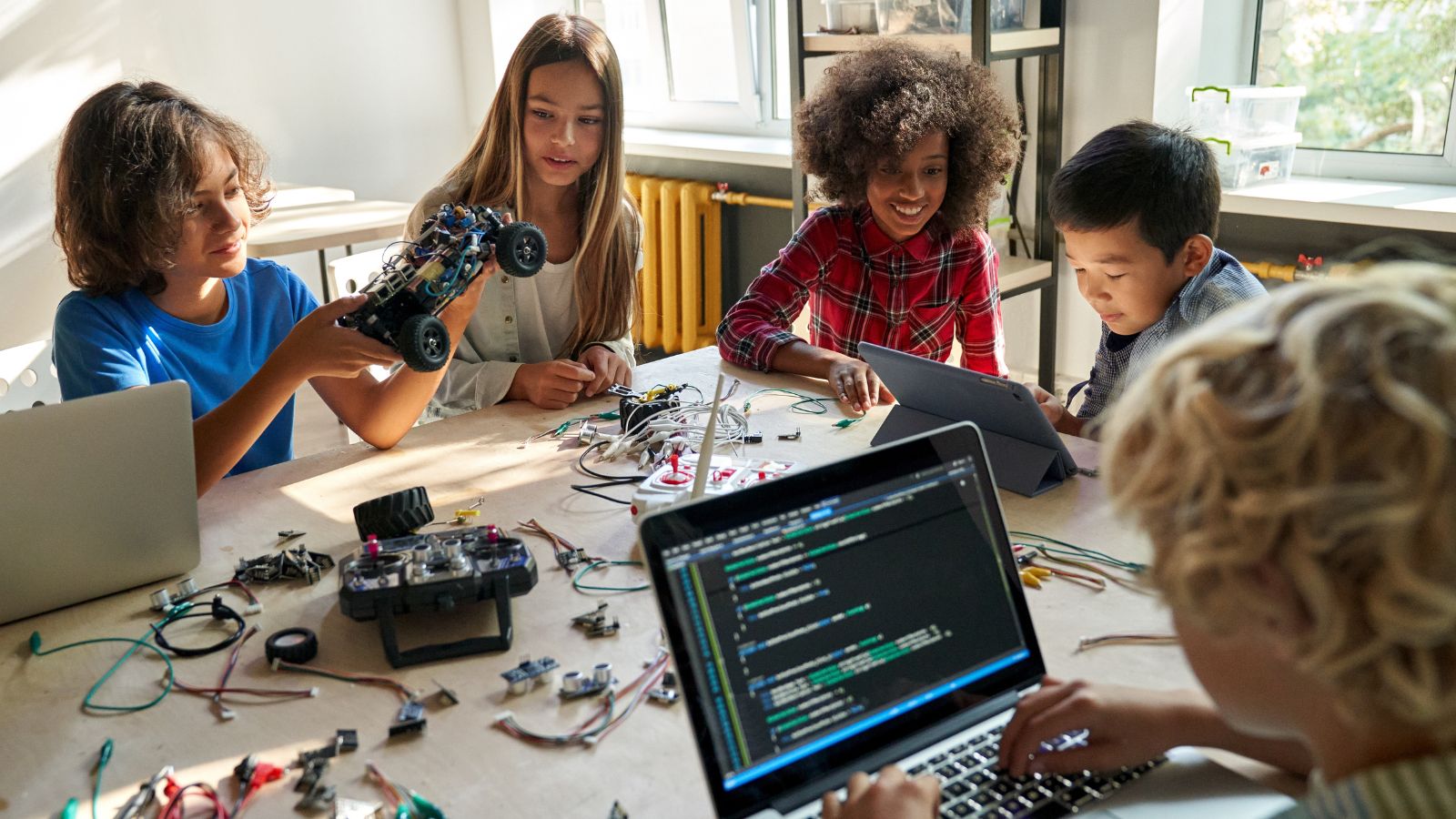
As technology dominates modern industries, coding has become an essential skill that’s being taught from a young age. Schools are introducing coding classes to equip students with the problem-solving skills and knowledge about how to find success in a technology-driven world.
Well-Being Support

Educational institutions are prioritizing student well-being by providing access to counseling services, mindfulness programs, and stress management resources. This recognition of mental health’s impact on academic performance ensures students receive the support they need to succeed academically while maintaining their well-being.
Decentralized Learning
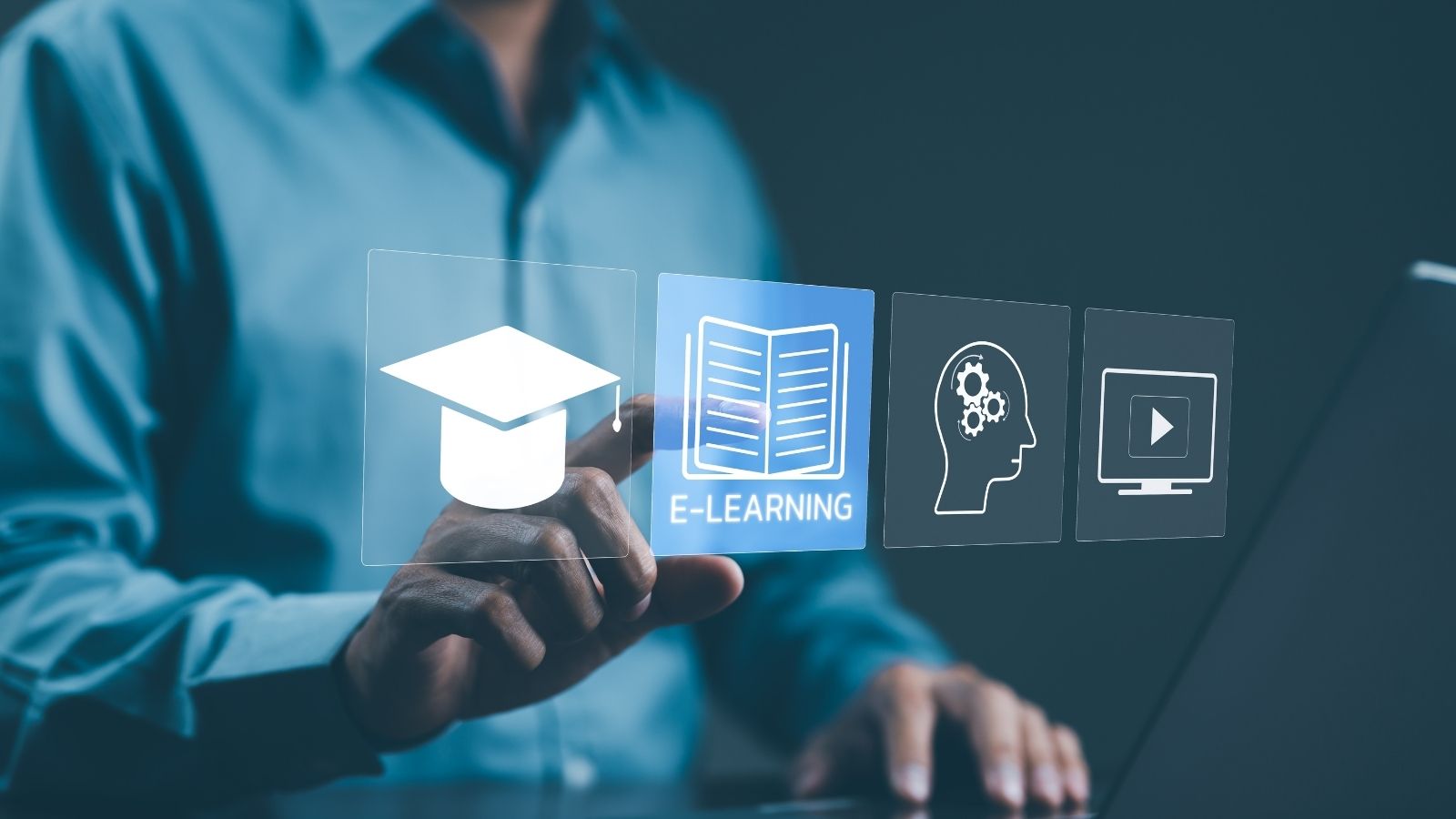
Open educational resources provide free, high-quality learning materials that are accessible to anyone. Decentralizing education not only reduces costs but also promotes lifelong learning outside of the traditional school system.
21 Products Canadians Should Stockpile Before Tariffs Hit

If trade tensions escalate between Canada and the U.S., everyday essentials can suddenly disappear or skyrocket in price. Products like pantry basics and tech must-haves that depend on are deeply tied to cross-border supply chains and are likely to face various kinds of disruptions
21 Products Canadians Should Stockpile Before Tariffs Hit
